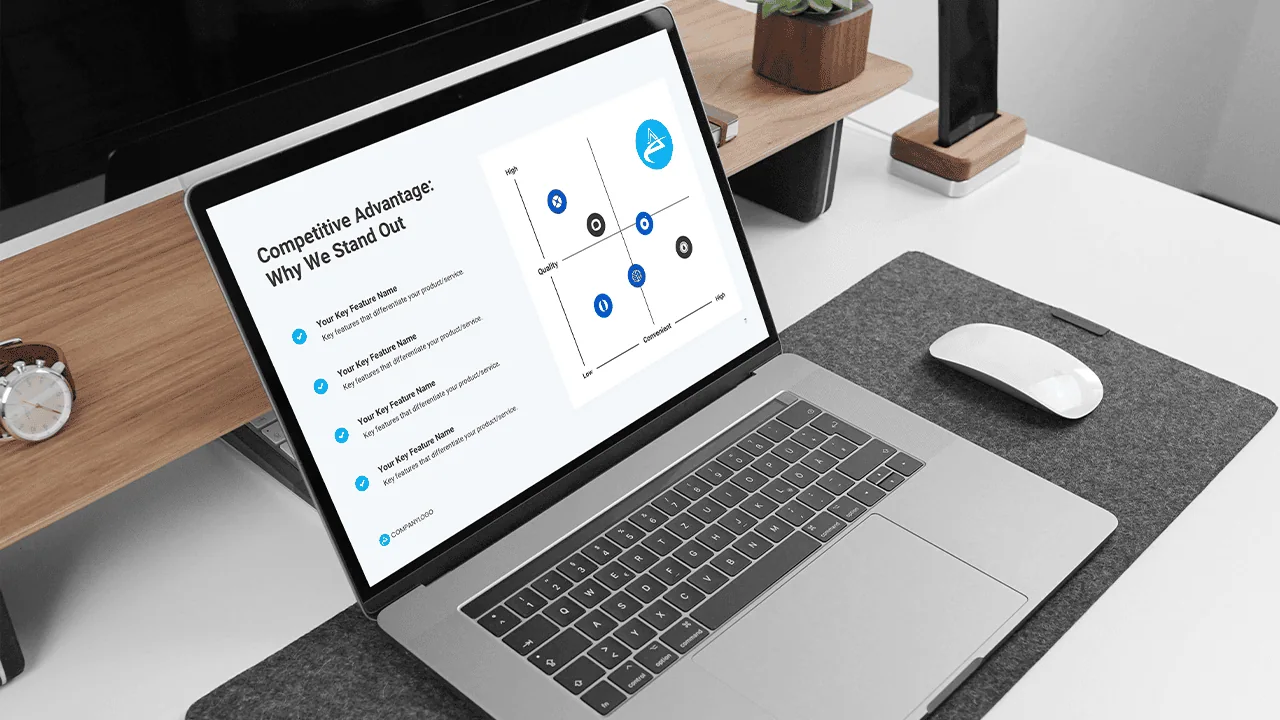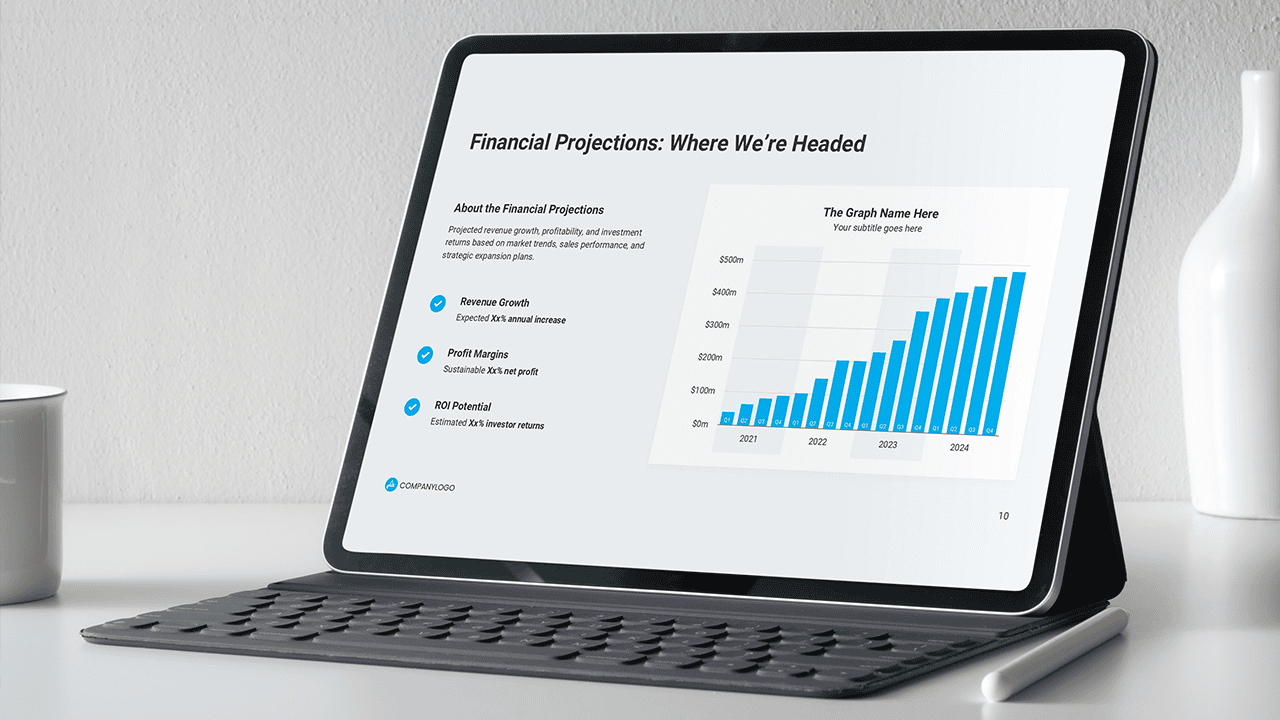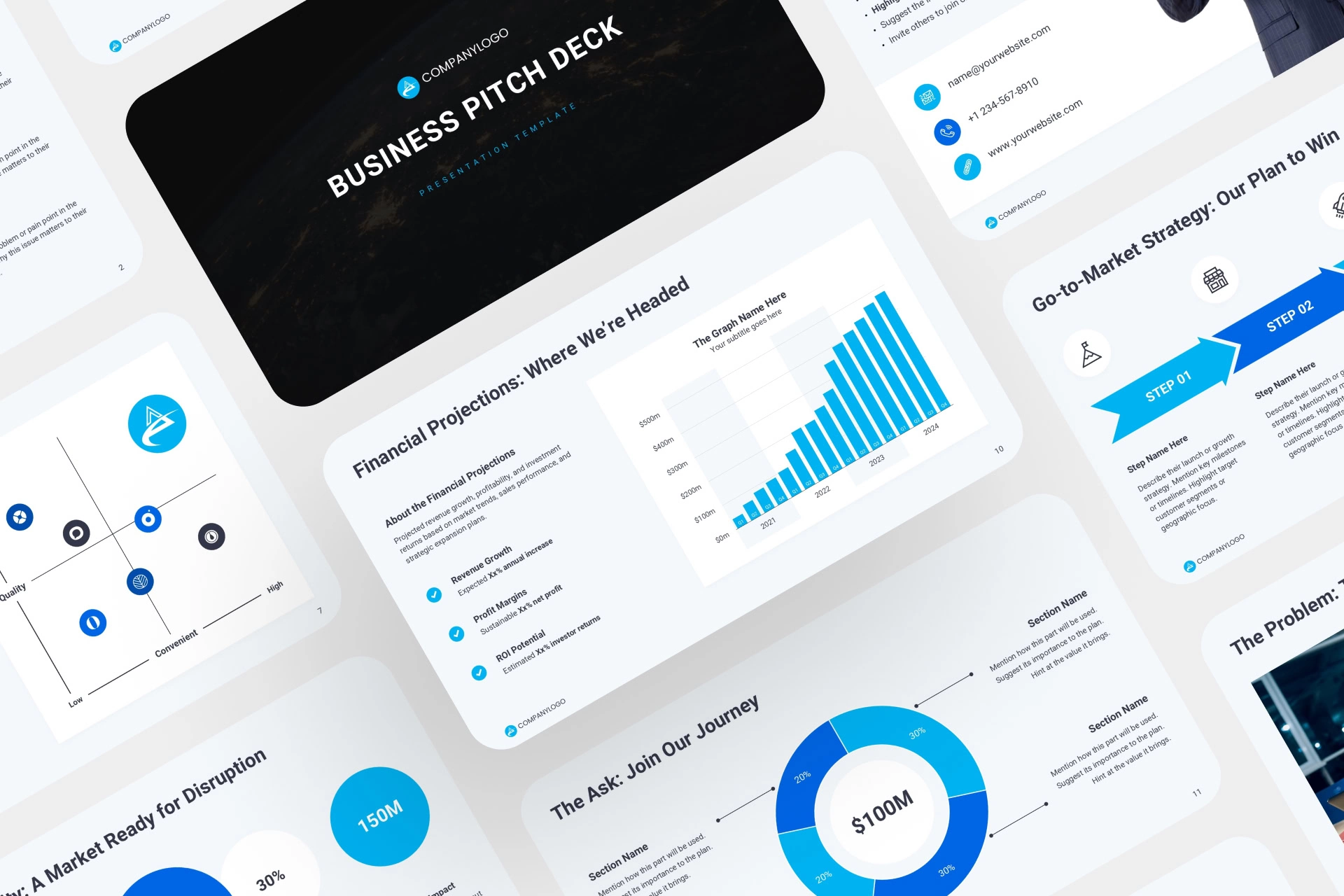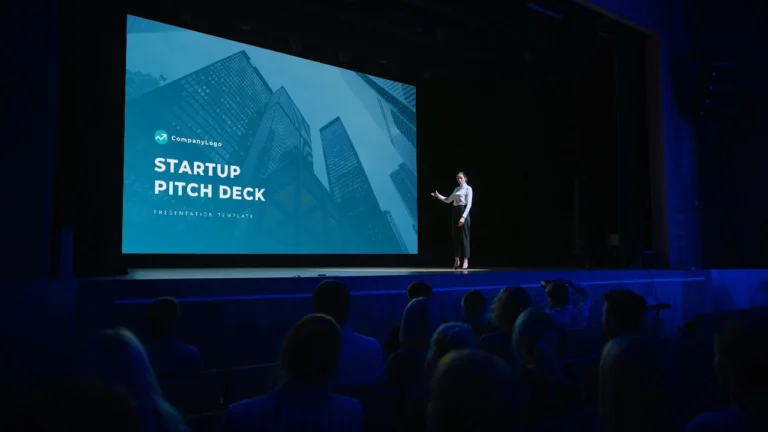Your business pitch deck is your moment to shine—whether you’re wooing investors, closing clients, or rallying partners. It’s not just slides; it’s your story, your vision, and your chance to make things happen. A deck that converts doesn’t just inform—it grabs attention, builds trust, and drives action. So, how do you craft a pitch deck that leaves your audience saying, “Take my money”? Here are five expert tips to turn your business pitch deck into a conversion machine, straight from the pros at Ocvembor.
1. Start with a Story That Hits Home
Every great pitch begins with a story that sticks. Don’t bore your audience with stats or jargon—hook them with a problem they can feel. Maybe it’s customers struggling with outdated software or businesses bleeding cash due to inefficiencies. Paint that pain vividly: “Imagine losing 20% of your revenue because your tools can’t keep up.” Then, introduce your solution as the hero, solving the problem with precision. This problem-solution narrative taps into emotions, making your audience care. Keep it simple, relatable, and human—think of it as storytelling with a purpose.
To structure this, dedicate your first slide to the problem, using a real-world scenario or a bold question. Follow with a solution slide that showcases your product or service, avoiding tech-speak. A strong narrative sets the tone for the entire deck, so spend time crafting it.
2. Keep Your Deck Short and Sharp
Less is more when it comes to pitch decks. Aim for 10-12 slides, each with a single, clear purpose. Your audience—whether investors or clients—has a short attention span. Include only what moves the needle: problem, solution, market opportunity, business model, traction, team, and your ask (e.g., funding or partnership). Avoid overloading slides with text or diving into unnecessary details like your five-year tech roadmap. If it doesn’t scream “This is why you should care,” cut it.
For example, your market opportunity slide should highlight the opportunity with one killer stat, like “$50B industry growing 15% annually,” paired with a simple visual. Use a consistent structure: one idea per slide, supported by minimal text and strong visuals. This keeps your deck digestible and impactful.

3. Design Like a Pro (Even If You’re Not)
A sloppy deck is a deal-killer. Investors and clients judge your professionalism by your visuals, so make them count. Use clean, modern fonts (try free options like Montserrat or Roboto), a cohesive color palette (stick to 2-3 colors), and high-resolution images. Avoid clutter—each slide should have one focal point, like a bold headline or a striking chart. Steer clear of dated clipart or Comic Sans; they scream “I didn’t try.”
If you’re not a designer, start with a template to ensure consistency. For a head start, download our Free Business Pitch Deck Presentation Template, which includes pre-designed slides for every key section. Customize it with your brand colors and logo, and you’re halfway to a polished deck. Pro tip: Use whitespace generously to give your slides breathing room, making them easier to absorb.
4. Make Data Your Secret Weapon
Data builds credibility, but only if it’s clear and compelling. Whether you’re showing revenue growth, user acquisition, or market potential, don’t drown your audience in numbers. Instead of a dense spreadsheet, use a single, powerful visual—like a line graph showing 50% month-over-month growth or a pie chart breaking down a $10B market. Tie every stat to your story: “This growth proves our solution is in demand.” Tools like Canva or PowerPoint’s chart features can help you create simple, eye-catching visuals.
For traction, highlight milestones: “10,000 active users in 6 months” or “$500K in pre-orders.” If you’re pre-revenue, focus on early wins, like beta tester feedback or partnership agreements. Place your data on dedicated slides, ensuring they’re easy to scan at a glance.

5. Deliver with Confidence and Follow Through
Your deck is only as good as your delivery. A stunning design won’t save a shaky presentation, so practice until you’re rock-solid. Rehearse in front of a mirror, record yourself, or pitch to a friend to refine your pacing and tone. Anticipate tough questions: “What’s your competitive edge?” or “How will you use the funds?” Have concise, confident answers ready. Your goal is to present like you’ve done this a hundred times, even if it’s your first.
Post-pitch, don’t ghost. Send a follow-up email within 24 hours, thanking your audience and attaching your deck as a PDF. Ensure the deck stands alone, with clear visuals and minimal text for readers who weren’t there. Follow up again in a week with updates, like new traction or milestones, to keep the conversation alive. Persistence shows you’re serious.

Your Pitch Deck, Your Victory
A business pitch deck that converts isn’t magic—it’s strategy, design, and delivery working together. Start with a story that hooks, keep it concise, design with polish, back it with data, and deliver like a pro. With these five tips, you’re ready to turn your pitch into a deal-closer. Want to hit the ground running? Grab our free template or reach out to Ocvembor to create a custom deck that makes your business unstoppable. Your next big win is waiting—go get it!










